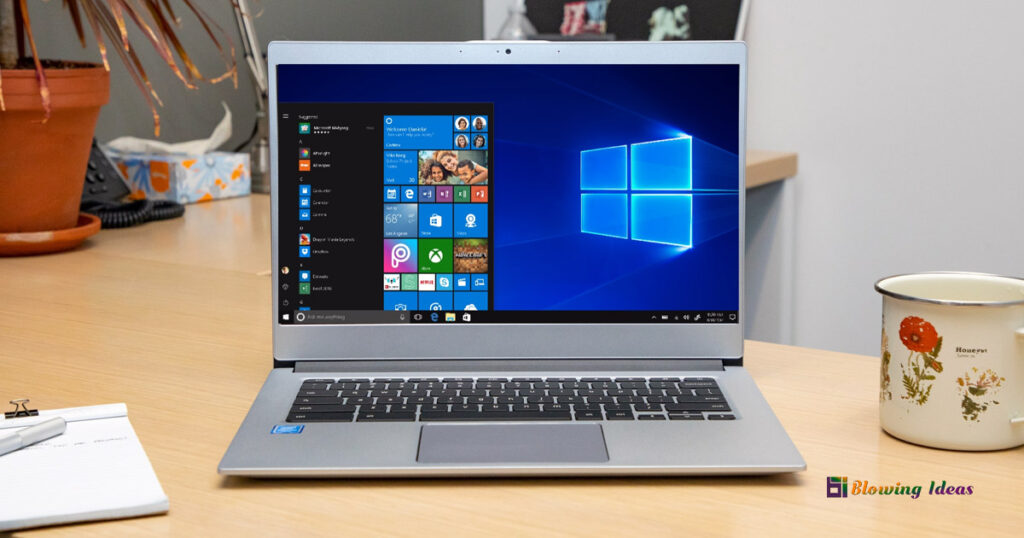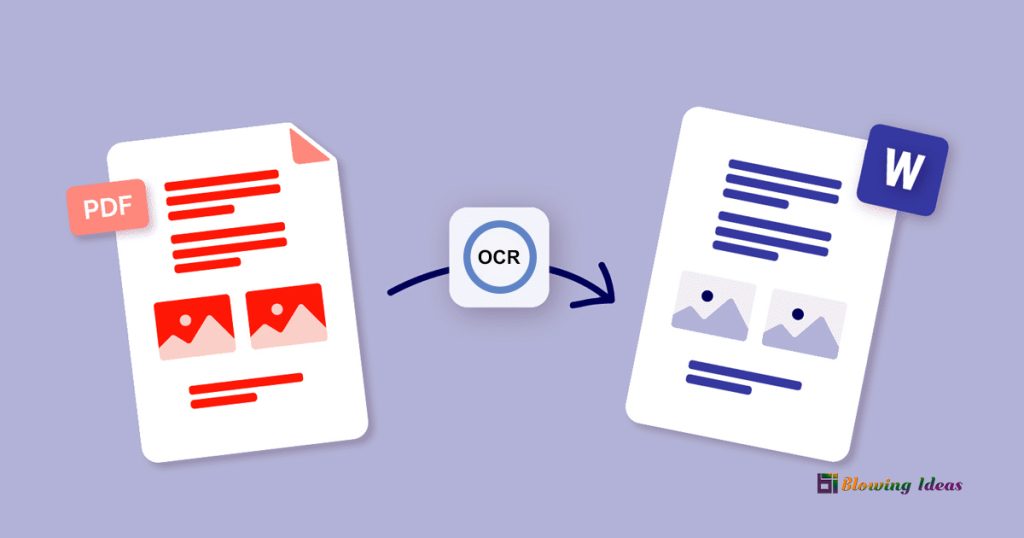How to Install Windows 10 on Chromebook without USB? Chromebooks are not commonly supported by Windows. Because of the Chromebook’s individual BIOS, you can’t even install Windows officially.
The main downside of Chrome OS is that it does not support the majority of apps and games. Several apps and games have yet to be developed for Chrome OS. If you want to install Windows on a Chromebook, you’ve come to the correct spot.
Is it possible to install Windows 10 on a Chromebook?
No, Windows 10 cannot be installed on a Chromebook. Chromebooks are designed to run Google’s Chrome OS, which is not the same as Windows 10. As a result, any effort to install Windows 10 on a Chromebook would almost certainly render the Chromebook inoperable.
But, there are various techniques for running Windows 10 on a Chromebook, such as using a virtual machine or installing the operating system on a separate drive. These solutions, however, are not suggested because they can violate your Chromebook’s warranty and cause other issues. If you insist on running Windows 10 on your Chromebook, make a backup beforehand because you may lose all of your data throughout the process.
Installation Requirements for Windows on a Chromebook
You’ll need the following items to install Windows on your Chromebook:
- Windows 10 or Windows 11 ISO file
- 4GB or larger USB drive
- Chromebook that supports booting from USB
- Chromebook with a powerful Intel Core i3, i5, or i7 CPU
When you have completed all of the prerequisites, you are ready to begin the installation process.
How to Install Windows 10 on Chromebook without USB
Step by Step Guide to Install Windows 10 on Chromebook without USB:
Step #1. Creating a USB Flash Drive
- Turn on your backup Windows laptop or computer.
- Connect the USB (make sure it has enough space to install the windows).
- Launch the browser and navigate to Microsoft’s official website.
- Find the Windows installation media app.
- Install and run it.
- Accept the offer and choose Create Installation Media on a USB device.
- Choose the Next option.
- As the installation destination, select the USB drive.
- Next, wait until the installation is complete.
Step #2. Get your Chromebook ready
- Put a USB flash drive or hard disc into a Chromebook.
- Make a backup of all of your personal files and folders.
- Make a restore point on your Chromebook.
- Enter by pressing ctrl + d.
- To boot Chrome OS, hit ctrl + D one more.
- Enter the shell and open it.
- Copy and paste the code below into the shell.
- To run the code, press enter.
- Now, from the selection, select the ‘Full Core Boot Firmware’ option.
Step #3. Install Windows on Chromebook
- Insert the USB flash drive into the Chromebook.
- Connect the Chromebook’s additional keyboard and mouse.
- Power Press Esc quickly on the Chromebook to bring up the boot menu.
- From the list, select your USB flash drive.
- The Windows Media Player environment will launch.
- Choose the language and press the Install button.
- Enter your Windows product key if you have one. If you don’t have one, click the ‘I don’t have a product key’ button.
- Choose any Windows version. I recommend that you go with Windows 10 Pro.
- Now, from the custom menu, select the ‘Install windows only’ option.
- All warnings should be ignored, and the current partitions should be deleted.
- Let the Chromebook install for a few minutes.
- Remove the USB flash drive from your Chromebook.
- Download all of the necessary drivers.
Is Windows more secure than Chrome OS?
This question does not have a straightforward answer because it is dependent on a lot of circumstances. Nonetheless, Windows is generally thought to be more secure than Chrome OS. This is due to the fact that Windows has been around for a longer period of time and has had more time to develop its security measures.
Also, because Windows is a more popular operating system, there are more individuals working on security for Windows than for Chrome OS. Yet, Chrome OS has grown in popularity in recent years, and its security features have improved. Furthermore, Chrome OS is built on Linux, which is a very secure operating system. Hence, while Windows is widely thought to be more secure than Chrome OS, both operating systems are fairly secure and provide adequate user protection.
Conclusion
It is possible to install Windows 10 on a Chromebook, but it is not as simple as installing the operating system on a standard computer. Chromebooks are built differently than regular computers, so you’ll need to take a few extra steps to get Windows 10 up and running. Nevertheless, there are some drawbacks to operating Windows on a Chromebook, such as unsuitable hardware, a lack of support, and greater security threats. Thus, if you still want to run Windows on your Chromebook, make a backup first and install all of the latest drivers.
Frequently Asking Questions (FAQs)
Q.1: Can a Chromebook run Windows applications?
Chromebooks cannot execute Windows applications. Chromebooks are designed to run Google’s Chrome OS, which is based on Linux. Windows apps do not work on Linux-based operating systems.
Q.2: Can a Chromebook be used in place of a laptop?
For certain individuals, a Chromebook can replace a laptop, but not all. Chromebooks are not as powerful as laptops and are designed to be used with an internet connection. They are more portable, however, and have longer battery life. Chromebooks are considerably less expensive than laptops, making them a viable solution for people who may not require the full power of a laptop.
Q.3: Is a Windows emulation available for Chromebooks?
No, Chromebook does not have a Windows emulation. There are, however, a few options for running Windows software on a Chromebook. One method is to use a remote desktop application to connect to a Windows machine from your Chromebook. Another approach is to run Windows applications in a virtual environment using an application.
Q.4: Is it possible to convert a Chromebook to Linux?
Sure, you can convert a Chromebook to Linux, but there are a few things to consider before. To begin, Chromebooks are meant to run Chrome OS, so you may not have access to all of the features and functionality that you are accustomed to with Linux. Second, you must be familiar with the command line interface, as this is how you will communicate with the Chromebook once it is running Linux. Finally, you’ll need to be able to backup and restore your Chromebook, as switching to Linux will wipe out all of your data.
Q.5: How do I get my Chromebook to run Windows 10?
Chromebooks, which run a different operating system, cannot be updated to Windows 10. There are, however, a few alternatives for installing Windows 10 on a Chromebook. The first option is to utilise a virtual machine to run Windows 10 within Chrome OS. Another alternative is to install Windows 10 via Chrome OS Development Mode, which will result in a dual-boot machine. Now, you can buy a Windows 10-compatible Chromebook that comes pre-installed with Windows 10.



